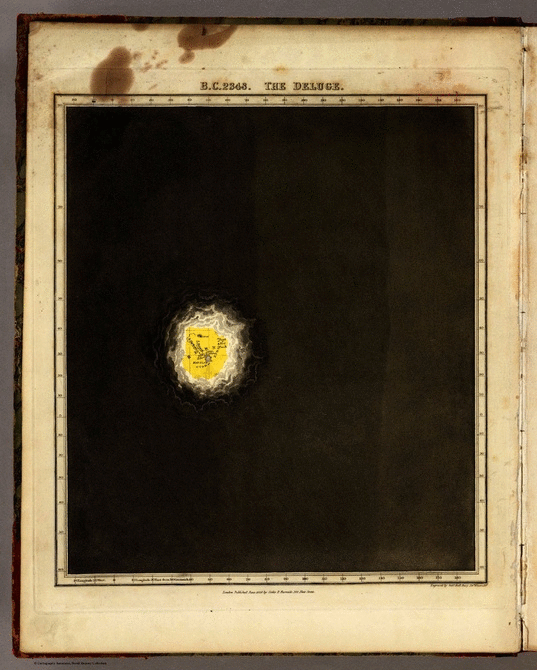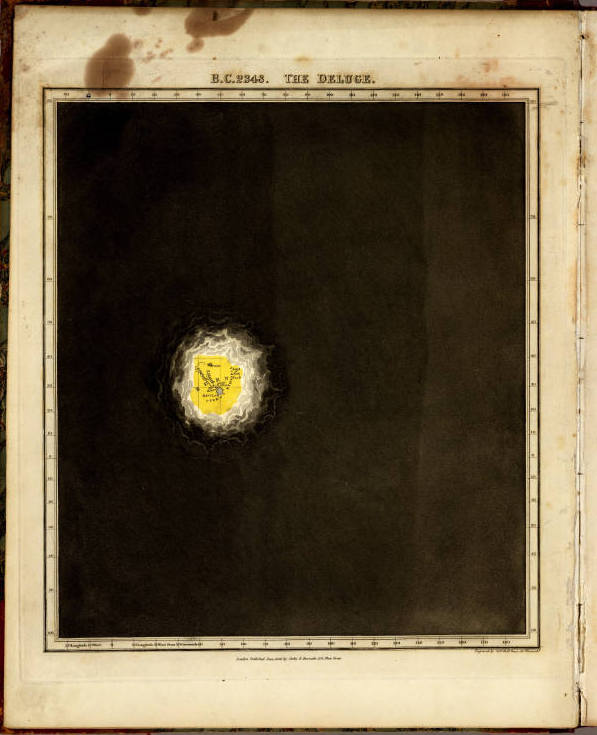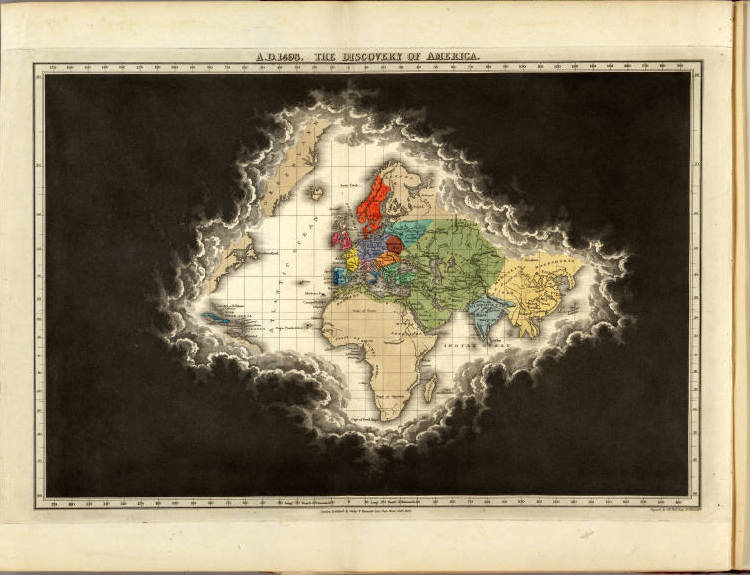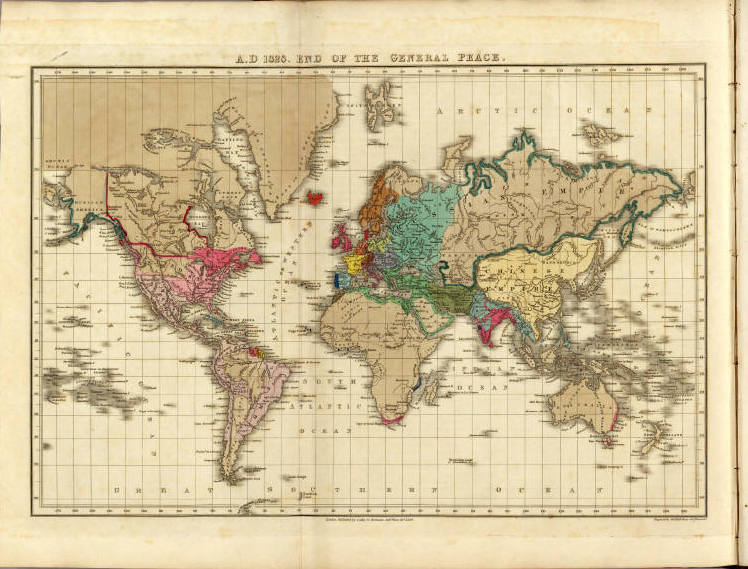Believe it or not, the odds were against David Bowie becoming an international pop superstar. When it seemed he’d finally arrived, with the release of Ziggy Stardust and the Spiders from Mars in 1972, “we didn’t realize,” says Jarvis Cocker in a 2012 documentary, “that he’d been trying to be successful for 10 years.” Bowie was 24, a ripe old age in pop star years, and already had four albums under his belt as a solo artist, the first a total commercial failure, and the second notable for its one hit, “Space Oddity,” which seemed like it might have been the artist’s big break in 1969, but somehow wasn’t.
He had played in several bands and tried performing under his given name, Davy Jones, which he just happened to share with one of the biggest pop stars of the day. Had he not persisted, changed his name and style, and, crucially, invented his Martian glam persona, he might have remained a one-hit-wonder, his excellent The Man Who Sold the World and Hunky Dory revered as underrated cult favorites among fans in the know.
In addition to the difficulty Bowie had finding his niche, he was not a naturally gifted singer and was a reluctant performer. Drawn early to “movement and music” classes in school, Bowie’s teachers called his idiosyncratic style “vividly artistic,” but only rated his voice as “adequate.” As voice coach Lisa Popeil writes, “though vocally agile as an adult, Bowie was never known for great pitch accuracy.”
Such things matter less these days, what with pitch correction software. In the old days of analog, singers couldn’t lean on digital wizardry to make them sound better than they were. Bowie wasn’t “particularly fond” of his own voice, he revealed in an interview, and unlike most hungry, young would-be stars, he didn’t set out to put himself in the spotlight—not at first.
“I thought that I wrote songs and wrote music and that was sort of what I thought I was best at doing. And because nobody else was ever doing my songs, I felt, you know, I had to go out and do them.”
So the shy, retiring Bowie charged ahead. “With his theatrical bent and fearlessness,” Popeil writes, his “ability to create memorable and emotional vocal stylings was of the highest order.” This, we might say, is almost an understatement. Aspiring singers and musicians can learn much from Bowie’s career, perhaps foremost the lesson that one needn’t be a prodigy or a bubbly extrovert to follow a musical passion. Bowie honed his vocal skills and achieved mastery over his haunting baritone, while also learning to move into a powerful tenor range.
Witness these isolated vocal tracks from throughout this career. At the top, the vocal mix from “Life on Mars” shows, as Classic fM writes, that “while unpolished, his tremulous voice has real quality and range.” Further down, we hear Bowie goofing around a bit in the vocal booth before launching into his first hit, “Space Oddity,” his voice a bit thin in the verse, then hitting its full stride in the chorus. Three years later, on “Starman” from Ziggy Stardust, we hear more confidence and control in the vocal track. Then, ten years after Ziggy, Bowie belts it out on “Modern Love,” above, having already kept pace with arguably the greatest rock singer of all time on “Under Pressure,” further up.
On “Golden Years,” above, Bowie explores his full range, from deepest baritone to falsetto. His voice inevitably waned with age and the sickness of his final years, but he never lost the ability to imbue a song with maximal emotional range, making the ragged vocals on his last album, especially its chilling single “Lazarus,” some of the most gripping in his entire body of work. The video below from The Last Five Years documentary strips away the instrumentation, leaving us with the image of an aged, blinded Bowie in bed, singing “Look up here man, I’m in danger/I’ve got nothing left to lose.” His breathing is audibly labored, giving the recording a poignant immediacy. But the forever-distinctive Bowie vocal style is as deeply moving as ever.
Related Content:
The Story of Ziggy Stardust: How David Bowie Created the Character that Made Him Famous
Hear Freddie Mercury’s Vocals Soar in the Isolated Vocal Track for “Somebody to Love”
Hear Dolores O’Riordan’s Beautifully-Pained Vocals in the Unplugged Version of The Cranberries’ 1994 Hit “Zombie”
Josh Jones is a writer and musician based in Durham, NC. Follow him at @jdmagness














